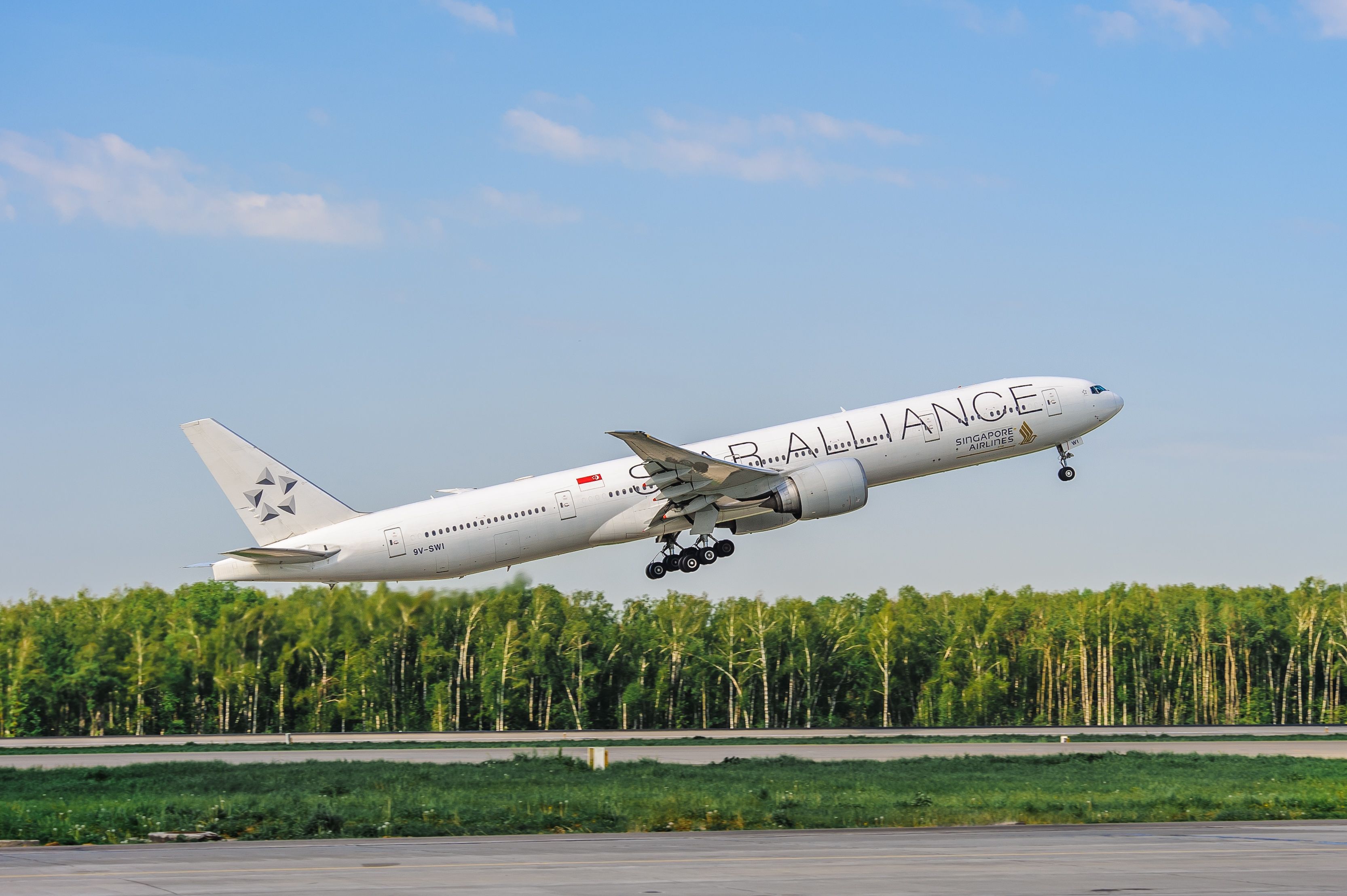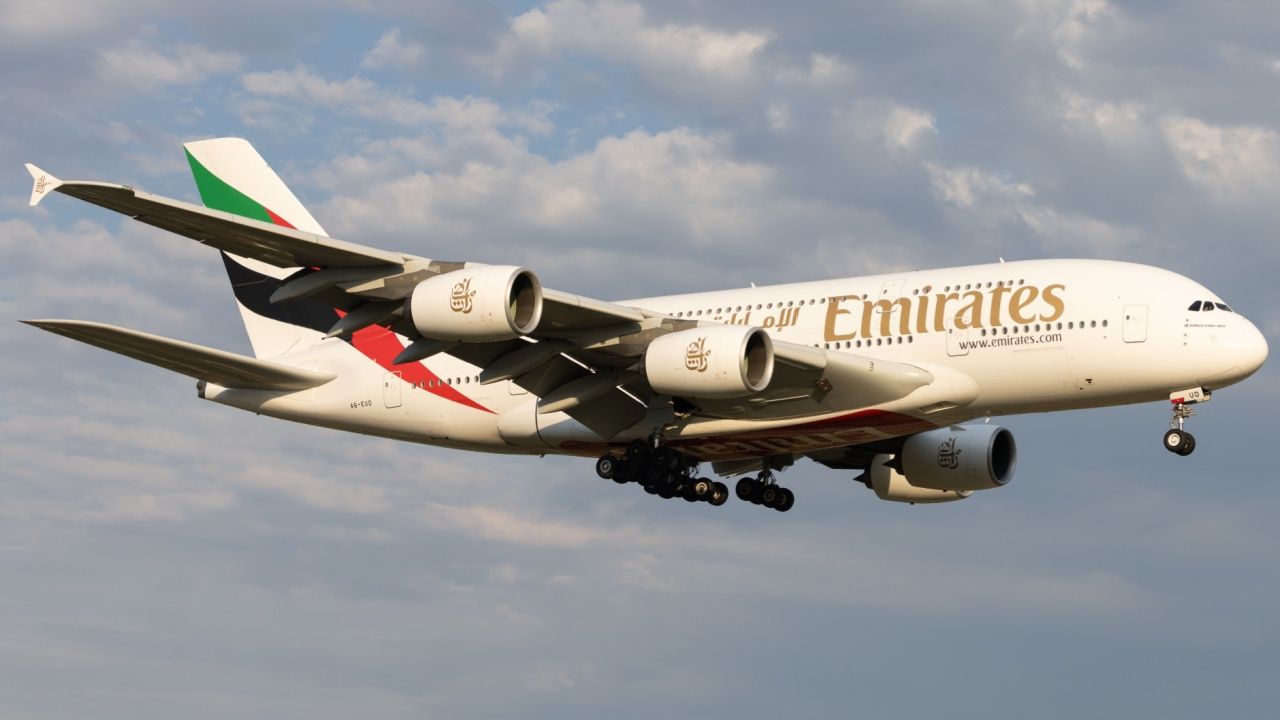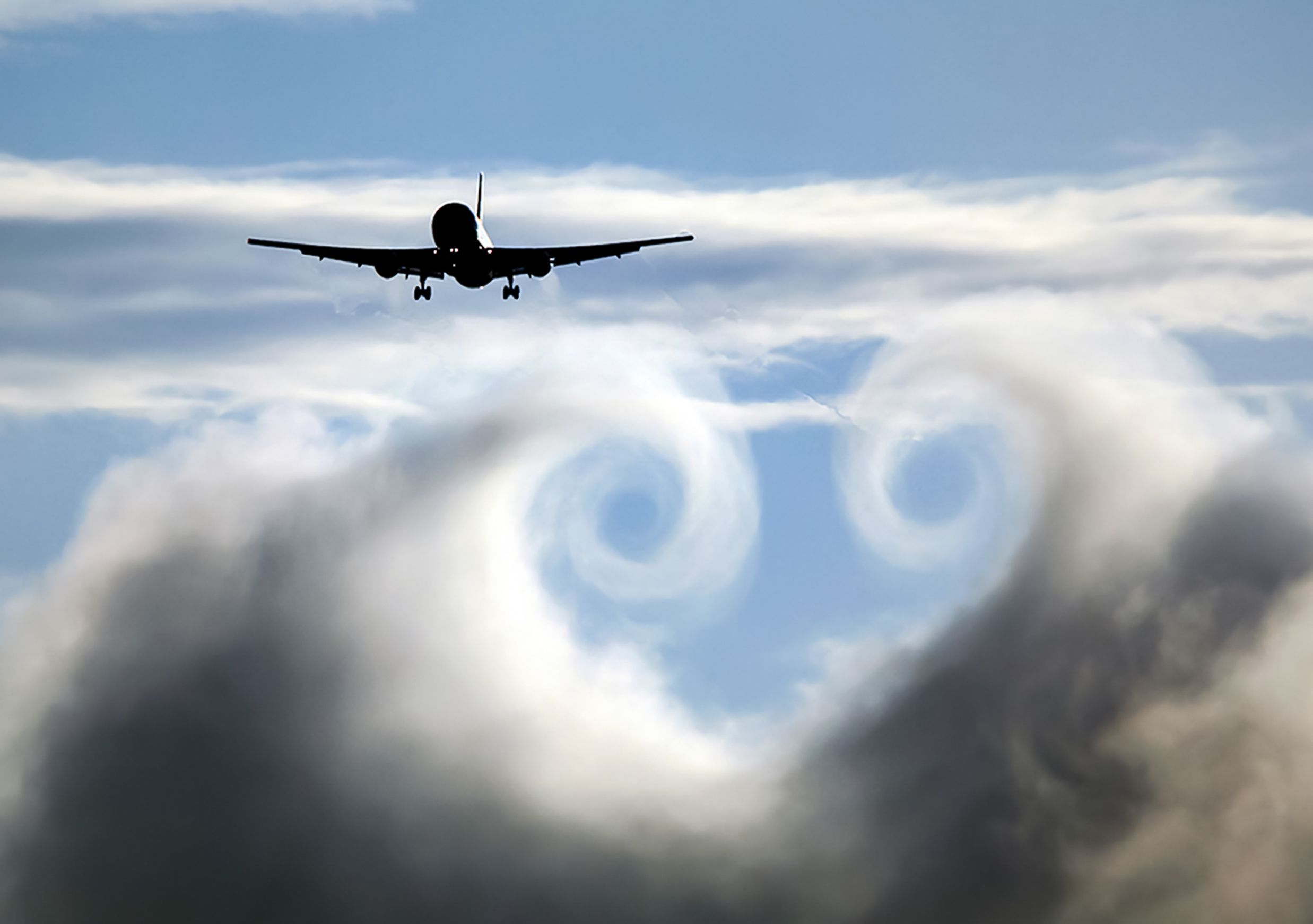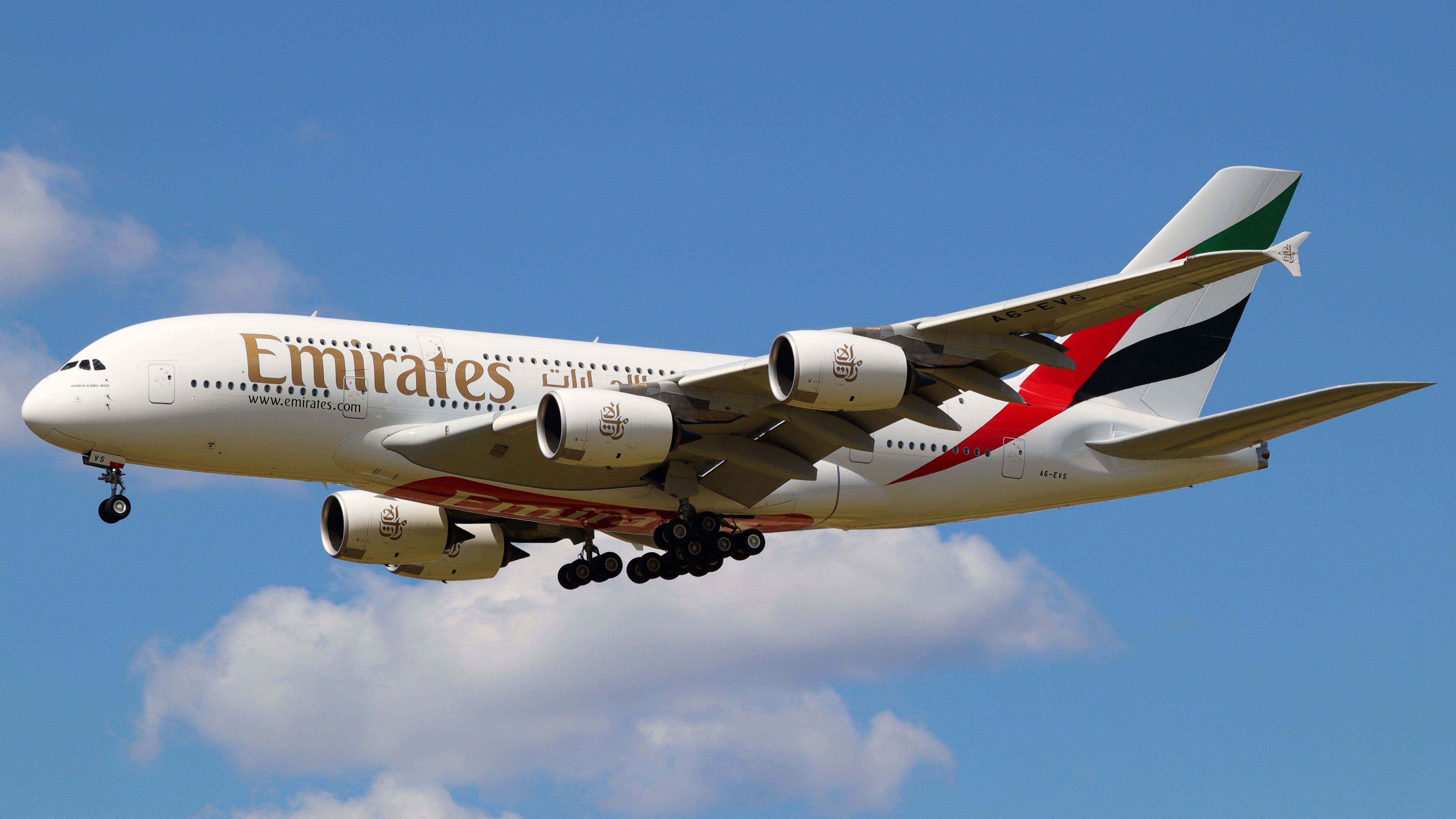Summary
- Airline industry exploring AI to predict turbulence and inform passengers.
- Industry to enhance turbulence precautions, including early warnings on TV screens.
- Airlines to ensure passengers stay strapped in with more proactive crew.
Sir Tim Clark (who has been the President of Emirates since 2003) has said that the industry is looking at ways to use AI to help predict turbulence and better inform passengers and cabin crew (including by putting warnings on TV screens). The airline industry is looking to implement changes following the recent incident involving Singapore Flight SQ321 as it flew over Thailand en route from London to Singapore.
Airline industry working to predict turbulence
During a roundtable with Sir Tim Clark that Simple Flying attended at the IATA AGM in Dubai, he was asked by a reporter, “On turbulence? What are you doing? I mean, obviously, it’s a single example flying from London [in reference to Singapore Airlines Flight SQ321].”
Photo: hlopex | Shutterstock
Sir Tim Clark acknowledged that air turbulence has received considerable attention since the Singapore flight. He said they are taking a “measured approach to all of this… we’re collecting data… (and) trying to use a bit of AI to give up a predictive analytic capability…” While air turbulence is sometimes very difficult to predict, there are still ways to help pilots know what is ahead.
He went on to say, “What I’m trying to do is, can we predict weather patterns… and the turbulence situation given the wind velocities of the jet stream?” He said it is very difficult to predict turbulence but also stated many tools are at their disposal.

Related
Boeing 777 Involved In Fatal Turbulence Incident Returns To Singapore
It is unclear how long with aircraft will remain out of service.
Sir Tim Clark also stated, “In the meantime, I think you will see that the industry will start being a lot more, umm, let’s say, not restrictive. They will be more concerned about making sure that people are in their seats and strapped in...” Separately (and somewhat predictably), Singapore Airlines has already announced changes to its seat belt policy. Now, passengers will not be served hot food or beverages while the seat belt sign is on.
He said that passengers may see the air turbulence warnings on the TV screens, that the crew might have more information in advance about turbulence ahead, and that the “…crew [pilots] will now be proactive and feed that information to the cabin crew.” He noted that airlines are not helpless regarding air turbulence and that there were ways to mitigate the risk. He closed by saying that it was all “flexible.”
Photo: ThaKlein | Shutterstock
Singapore Flight SQ321 encountered severe turbulence a week ago. The aircraft was violently jostled up and down, resulting in the death of one (from a heart attack) and the wounding of dozens (Singapore Airlines has apologized for the incident).
Aircraft are built to withstand the roughest air turbulence, so the greatest danger is being thrown about inside the cabin. Unfastened passengers and cabin crew are particularly at risk as they can violently hit their heads on the ceiling and be thrown out of their seats. Turbulence is also felt less in larger aircraft and when seated near the aircraft’s center of gravity.


